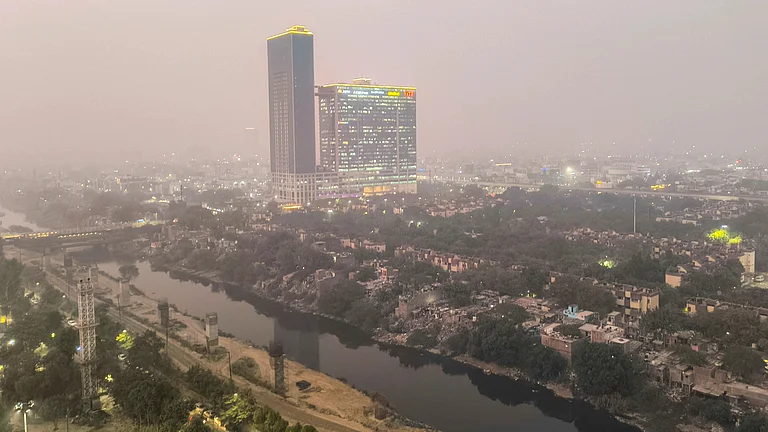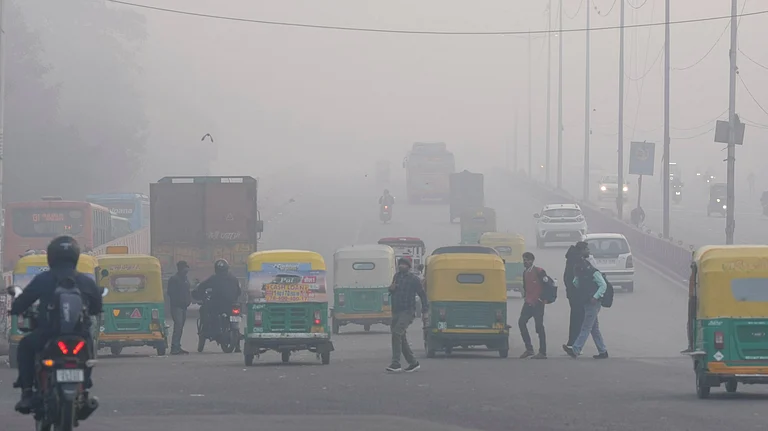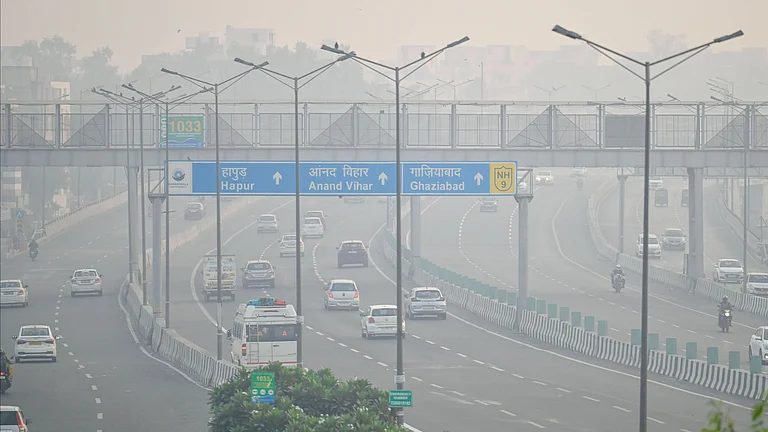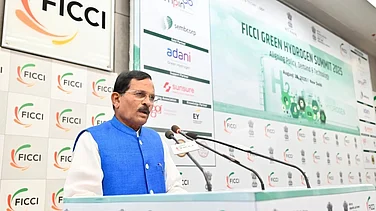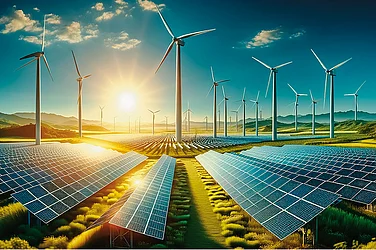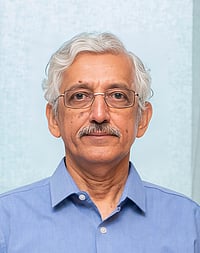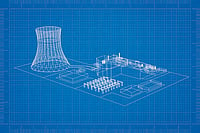Bryan Johnson, an American entrepreneur and a venture capitalist, had arrived in India as a guest in Nikhil Kamath’s podcast but had to leave midway as he could not bear Mumbai’s “bad air quality”. By his third day in the country, Johnson's “skin break out in rash”, and his eyes and throat burned. The air quality index (AQI) in Mumbai at that time was just 130. For Indians, especially Delhiites, far worse air quality is an every day affair.
Over 3 crore people of Delhi are exposed to the bad air. In winters, AQI reached nearly 800 in some places in the city. Last year, Delhi witnessed at least 157 days of ‘poor’, ‘very poor’ or ‘severe’ air quality, with AQI exceeding 200. It didn’t have a single ‘good’ day in terms of air quality.
And yet as Delhi goes to poll today, on February 5, the issue remains largely overlooked in the campaigns and manifestos of the major political parties. Among all the promises made by the parties—Bharatiya Janata Party (BJP), Aam Aadmi Party (AAP) and Congress—in this Assembly election, plans to tackle the city’s air pollution finds little mention, much less than what it deserves. In the manifestos filled with freebies, critical environmental issues take a backseat.
Read Outlook Business report: Decoding the freebies debate on doles, debt and development
Not to mention the disappointing state of river Yamuna, it still remains highly polluted. Despite the Delhi government’s promises five years ago to clean and rejuvenate the river, the sight of women performing rituals in the foamy waters during chhath puja continues to make headlines every year.
Delhi has endless problems among which are monsoon floods and poor waste management system. The huge mountains of garbage in Ghazipur, Okhla and Bhalswa after all these years still threaten the lives of nearby slum dwellers.
Party Promises
What solutions do political parties have in this election for a city with tonnes of environmental concerns? The answer is rather disappointing. AAP’s manifesto is largely silent on the issue. Beyond cleaning Yamuna, supplying 24x7 clean water and developing sewer management technology, AAP’s manifesto fails to address key environmental issues.
BJP’s sankalp patra, on the other hand, has something more to offer. It promises to reduce Delhi’s average AQI by half by 2030 with a target to halve PM 2.5 and PM 10 levels. The party, which is looking to recapture Delhi after more than two decades, also promised to eliminate the garbage mountains through waste segregation and solid waste treatment. Moreover, it stated that the number of e-buses will be increased to 13,000 and the transition of 50% vehicles to electric or hybrid vehicles will be incentivised, along with the expansion of charging infrastructure.
Congress has similar solutions for the city. Its guarantees include increasing the number of electric and hydrogen buses by 500 per year and increasing incentives for auto-rickshaw operators to transition to electric rickshaw. For air pollution, the party manifesto said it will impose penalties on people burning garbage and will give licenses to non-polluting industries, thereby promote jobs.
Athough it is questionable if these solutions, which itself are not enough, will make it to the implementation stage after any of the political parties come to power.
As 1.56 crore Delhiites head to vote today, they must remember their city is in a major crisis, demanding urgent attention. Rising greenhouse gas emissions and the resulting climate change have led to 25 extreme heat days in the last year while incessant rainfall and flooding claimed 11 lives during the same year.
People of Delhi deserve a better standard of living with access to clean air and water. The capital of the country which aims to become Viksit Bharat must commit more than just empty promises to make the city liveable.










